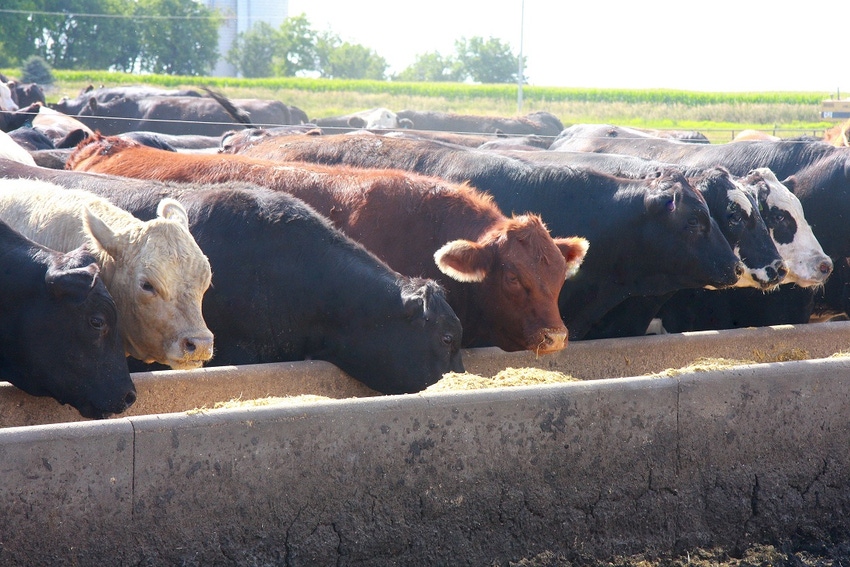Heifer retention at the upper end of expectations and steady movement of feeder cattle into feedlots show in the Jan. 1 USDA inventory report.

The new cattle inventory report shows we may have a little bit more herd expansion left this year than some expected, and cattle feeders are staying current despite bigger supplies.
The replacement heifer number was a little higher than expected, but not above the possible range calculated by economist Derrell Peel prior to the report, he says. Peel is livestock marketing specialist for Oklahoma State University.
“So we could see some added growth in 2018, but likely not more than 1%, and that was really in the realm of expectations, too, Peel says.
He also noted that cattle feeders appear to be staying current. “We’re working our way through the bigger numbers pretty well,” he says.
Overall, USDA reported all cattle and calves on Jan. 1 at 101% of the 2017 level at 94.39 million.
Heifers over 500 pounds for beef cow replacement came in at 96% of the 2017 number, at 6.13 million, compared with almost 6.37 million on Jan. 1, 2017.
They inventoried the breeding herd of all cows and heifers that have calved at 101% and 41.12 million. Beef cows came in at 102% of the 2017 number, at an inventory of just over 31.72 million.
All steers 500 pounds and over were 100% of last year’s number with 16.35 million.
All cattle on feed were 107% of last year’s inventory at just over 14 million. Peel says this number represents generally good movement into feedlots, as well as the lack of wheat pasture in the Southern Plains.
USDA placed the calf crop for last year at 35.09 million, which was 102% of the inventory of 35.81 million counted Jan. 1, 2017.
About the Author(s)
You May Also Like



